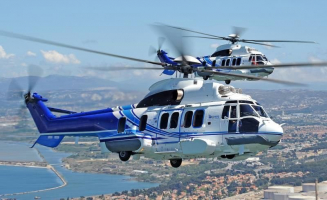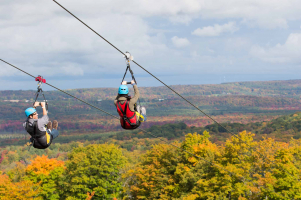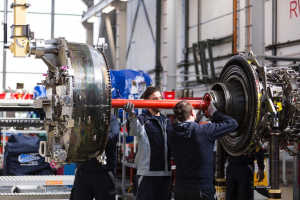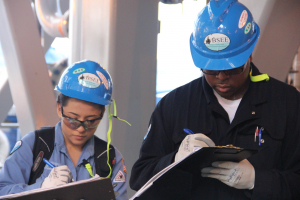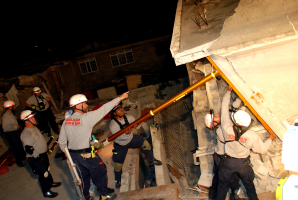Top 10 Extreme Helicopters That Defied Engineering Limits
The extraordinary flying vehicles known as helicopters push the boundaries of design and mechanics just by existing. But which helicopters actually push the ... read more...envelope of flight? What about helicopters that hover? A helicopter that can carry far more weight than it does? Or a rotating device that was comparable in size to jet aircraft? Your head will spin as a result of these record-breaking rotorcraft!
-
The Sikorsky VS-300, created by rotary winged flying pioneer Igor Sikorsky, was the first legally flyable helicopter in history. The Vought-Sikorsky Division of the United Aircraft Corporation constructed the aircraft, which took to the skies for the first time in Stratford, Connecticut, on September 14, 1939.
The fundamental design was patented by Sikorsky in 1931, and further flights laid the foundation for the well-known main and tail rotor helicopter that is so common in modern times. Tethers were used in the machine's early airborne adventures; unfettered flight did not occur until 1940. At the age of twelve, Sikorsky built a wind-up miniature helicopter to launch his engineering career.
The open cockpit of this machine would worry a modern helicopter operator the most. The primary blades spun above the pilot, who was strapped in, while the front pod resembled the cockpit of a World War I biplane fighter. In his groundbreaking research, Sikorsky used a single engine to drive both the main blades and the anti-torque tail rotor.
The VS-300, the first operational amphibian helicopter, was equipped with floats in addition to its standard single-rotor design, making it the first helicopter that could easily land and take off from water. At the Henry Ford Museum in Dearborn, Michigan, the VS-300 is currently on display.
Role: Experimental helicopter
National origin: United States
Manufacturer: Vought-Sikorsky
Designer: Igor Sikorsky
First flight: 14 September 1939
Developed into: Sikorsky R-4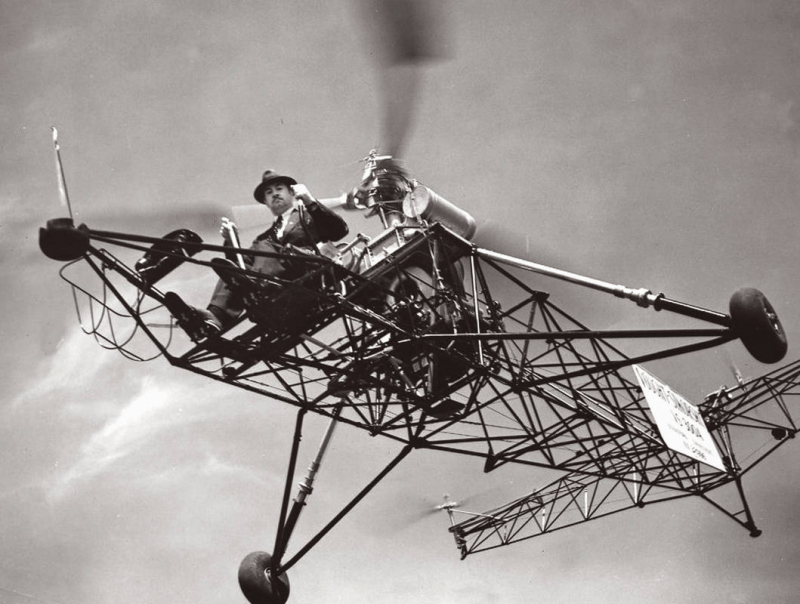
http://disciplesofflight.com 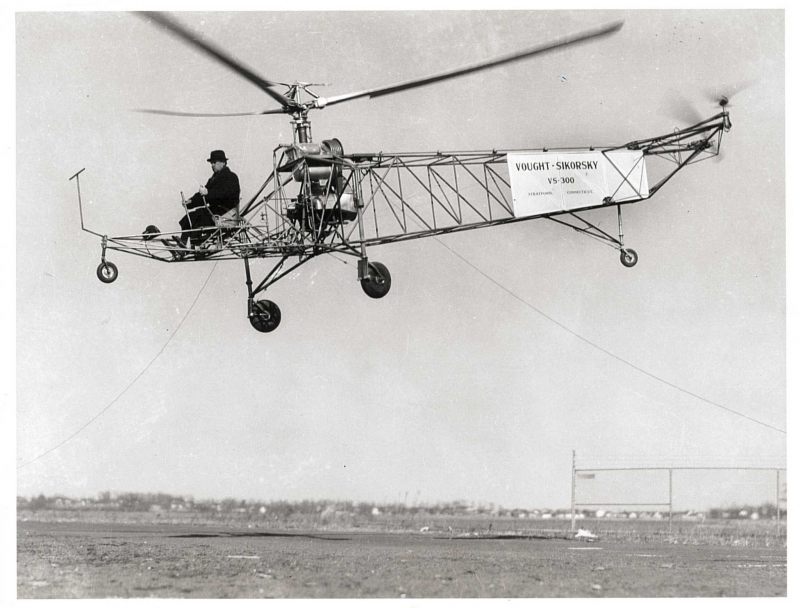
https://www.ctpost.com/ -
The De Lackner HZ-1 Aerocycle was a scary machine that had the pilots standing directly above the rotor blades, making it one of the most uncomfortable ideas ever for a helicopter. Between 1954 and 1956, various iterations of the machine were tried, initially showing promise.
The machine's power was controlled by a twist grip throttle while steering, pitching, and yawing were designed to be controlled by leaning. This was designed to be so simple that a soldier could operate it after less than 30 minutes of instruction in a manner akin to riding a bicycle. After crashes, the machine's safety became an obvious problem. Additionally, standing pilots on an aerocycle would appear to be simple targets for hostile fire. The US Army anticipated utilizing the machines as part of an airborne cavalry force, but the Aerocycle project was ultimately abandoned.
Before concluding that the Aerocycle was too defective, test pilot Captain Selmer Sundby, who was in charge of the project's tests and program development, was awarded the Distinguished Flying Cross in 1958 for his work on the project. In Fort Eustis, Virginia, the US Army Transportation Museum has one remaining Aerocycle on display.Role: Experimental rotorcraft
National origin: United States
Manufacturer: de Lackner Helicopters
Designer: Lewis C. McCarty Jr.
First flight: 22 November 1954
Primary user: United States Army
Number built: 12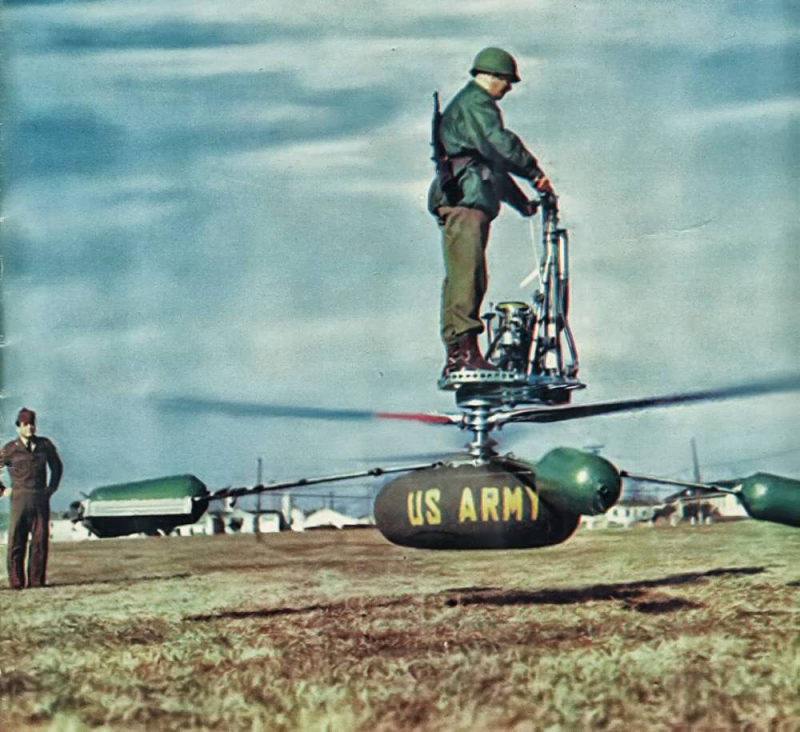
https://hushkit.net 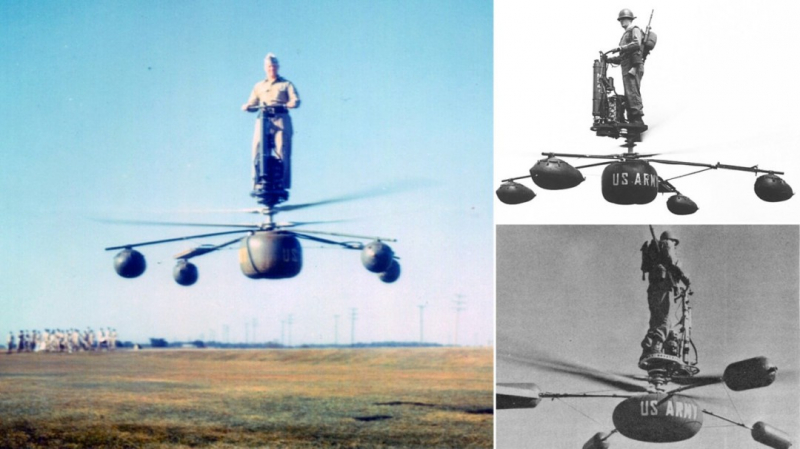
https://hushkit.net/ -
The Dragonfly DF1 is unlike an ordinary helicopter because it only has room for one person and resembles a chair and a shopping cart with rotor blades attached. It is propelled by rockets mounted to the rotor tips that use hydrogen peroxide as fuel. With a combined power of slightly over 100 horsepower per rocket motor, both rockets launch. The main rotors are propelled by hydrogen peroxide propulsion systems that are only eight inches long and 1.5 pounds each. Powerful tail rotor activity is not required because there is no central motor to create torque.
Instead, a simple, weak tail rotor is used just for minimal steering functions. Given that the Dragonfly DF1 only weighs 230 pounds and has a total power output of 204 horsepower, the power to weight ratio is outstanding. Creator of the device and well-known Brazilian aeronautical engineer Ricardo Cavalcanti, Chairman Avimech Int'l Aircraft, Inc., views the invention as a more environmentally responsible means of flight. Once the hydrogen peroxide rockets have the blades whirling at 750 revolutions per minute, Ricardo's contraption employs a collective pitch control to ascend.
Role: Helicopter
National origin: United States
Manufacturer: Avimech International Aircraft, Inc.
Status: In production (2015)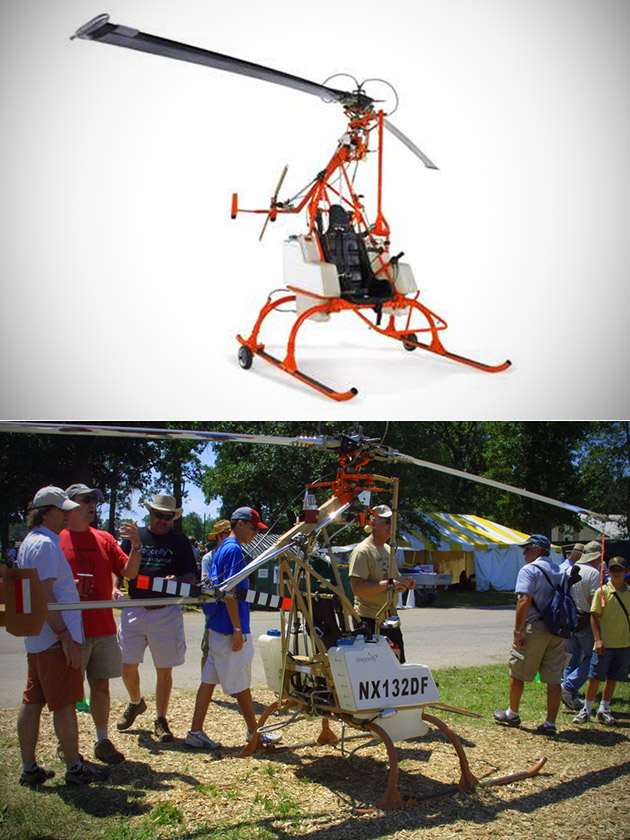
http://www.techeblog.com/ 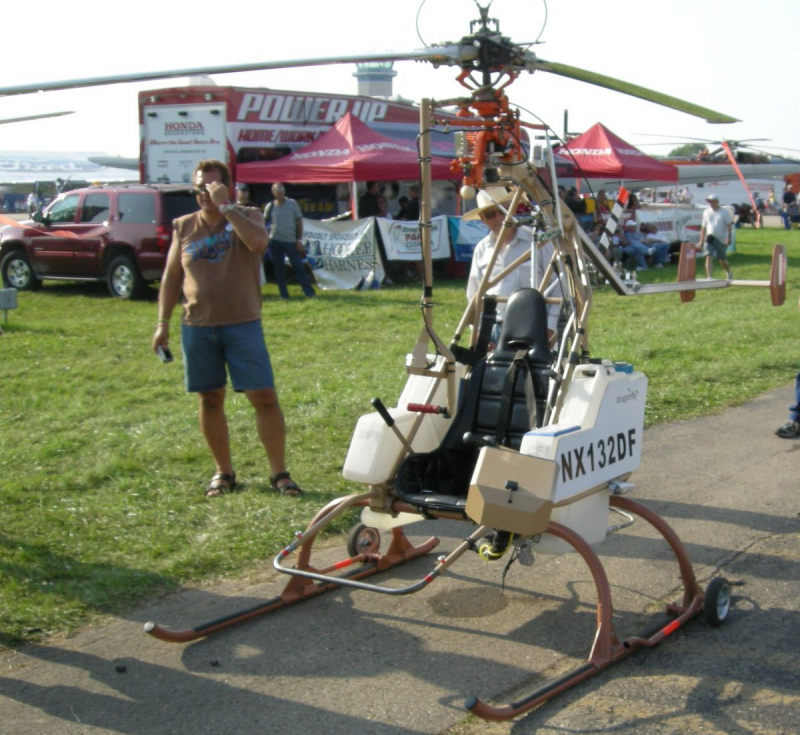
https://www.pinterest.com -
The Masumi Yanagisawa Engineering System Type GEN H-4 Helicopter resembles a patio chair with a ceiling fan connected, and it functions similarly to a bicycle in comparison to a pickup truck. For those who have the courage to try it, the Japanese invention is a unique flying machine. The world's smallest helicopter was developed in the 1990s by Gennai Yanigasawa, the CEO of an electronics firm. Its rotor span of 12.8 feet makes it the shortest of all helicopters, and it weighs only 165 pounds, making it the lightest of all helicopters.
Despite its small size, the device is highly advanced. The coaxial design of the machine eliminates the issue of torque and counter-rotation. The machine contains two counter-rotating rotors comparable to a beginner's remote controlled helicopter in place of a tail rotor, which is impractical to attach because to the absence of any tail boom.
The device is not very sluggish either. The helicopter can achieve speeds of 56 mph and maintain altitude for 30 minutes at a time. Perched atop this device, you could actually be able to travel. The tripod landing gear, seat, and rotor hub give the impression that a small UFO is carrying a human rider when the rotor blades are rotating.
Manufacturer: Masumi Yanagisawa Engineering System
Type: GEN H-4 Helicopter
Introduced: 1/1/1997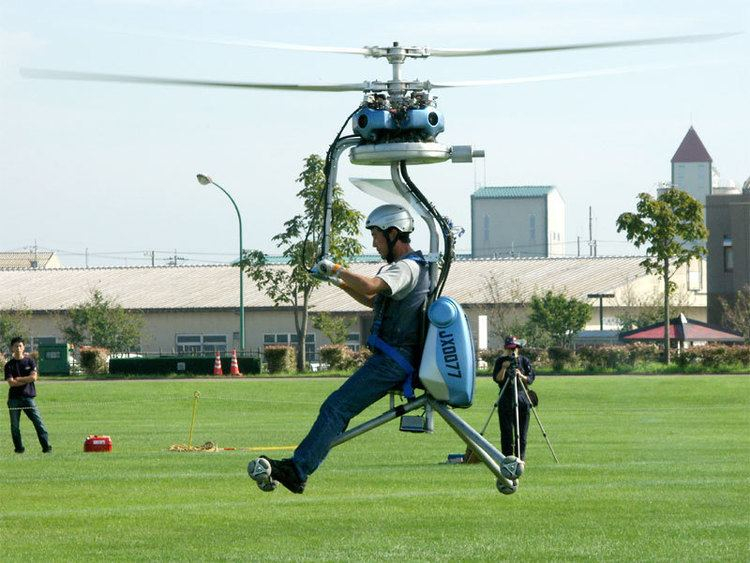
https://helicopterallabout.blogspot.com -
The Bell AH-1 Cobra, the first fully-purpose-built attack helicopter, made its air debut in 1965 and gave the US Army command of remarkable close-combat air power. Over fifty years later, the fast, powerful, and firepower-packed machine is still in use by the US Marine Corps. Even the seating arrangement is a fighter jet-inspired element that can be seen when examining the helicopter closely. The co-pilot/gunner sat in the front and the pilot occupied the elevated rear seat of the long, narrow cockpit with a bubble canopy. The helicopter has a very efficient design, is sleek, and can carry a lot of armament.
The fuselage has two short wings that extend from the sides and are equipped with cannons, minigun pods, and missiles underneath. Under the thin yet strong wings, 3,000 pounds of weapons might be transported. The front turret's nose was also equipped with miniguns, grenade launchers, or both. Prior to the Cobra, big transport helicopters were the standard; the helicopter represented a dramatic advance in capabilities and maneuverability. Simple skid undercarriage added little weight, giving the guns increased payload capacity.
Role: Attack helicopter
National origin: United States
Manufacturer: Bell Helicopter
First flight: 7 September 1965
Introduction: 1967
Retired; 2001 (US Army)
Status; In service
Primary users: United States Army (historical), Japan Ground Self-Defense Force, Republic of Korea Army, Royal Jordanian Air Force
Produced: 1967–2019
Number built: 1,116
Developed from: Bell UH-1 Iroquois
Variants: Bell AH-1 SeaCobra/SuperCobraBell 309 KingCobra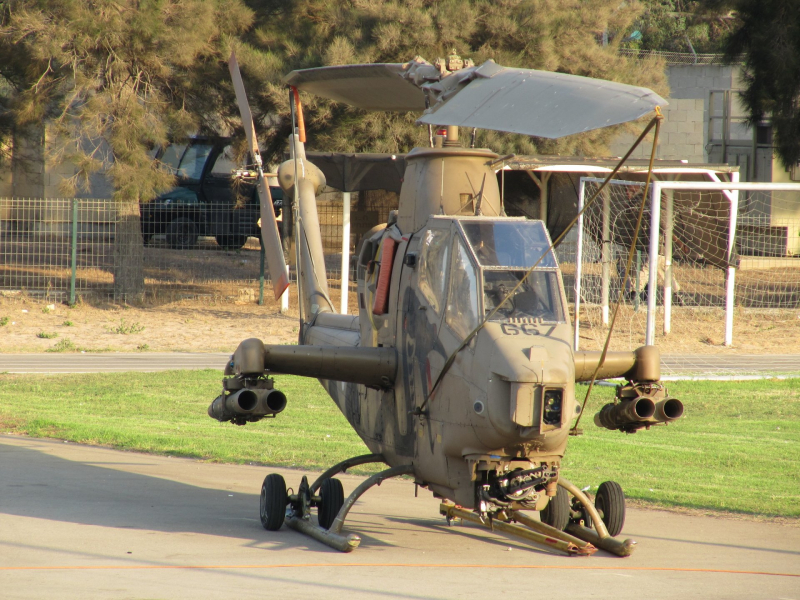
https://pics.alphacoders.com 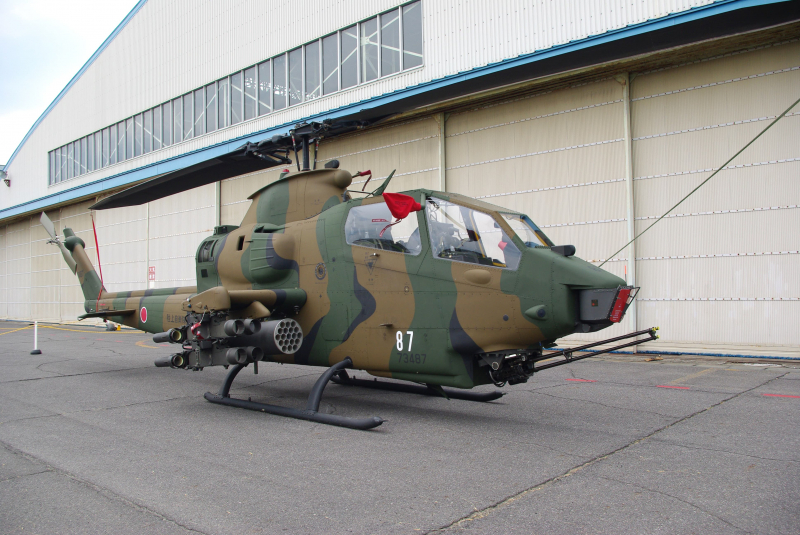
https://www.gladiusds.com -
The millions dollar Kaman K-Max K-1200 is a US-built flying machine with synchropter, or intermeshing rotor design, which is arguably the oddest way to build a dual rotor helicopter. The intermeshing rotors share airspace at millisecond intervals and appear ready to collide at any moment, but they never actually contact.
The rotors, which have a dolphin-like look from the side and angle and mesh together like two gears that never contact, enable lifting capacities that much beyond those anticipated of a helicopter of this size. The helicopter seems like a fish from the front due to its laterally compressed body's narrowness.
Its compact design only leaves room for the pilot. Being able to lift a freight load greater than the empty weight of the helicopter itself is a remarkable accomplishment for this helicopter, which has half as many rotors and a smaller body than a typical helicopter.
With a maximum gross weight of 12,000 pounds, the helicopter, which weighs just 5,145 pounds, can support an additional 6,855 pounds of weight. The K-1200 is used for supply delivery, search and rescue, and battling fires. The development of a remotely piloted version also produced a device that could approach risky circumstances without endangering aviators.
Role: Medium lift helicopter
Manufacturer: Kaman Aircraft
First flight: December 23, 1991
Status: In production
Produced; 1991–2003, 2015–present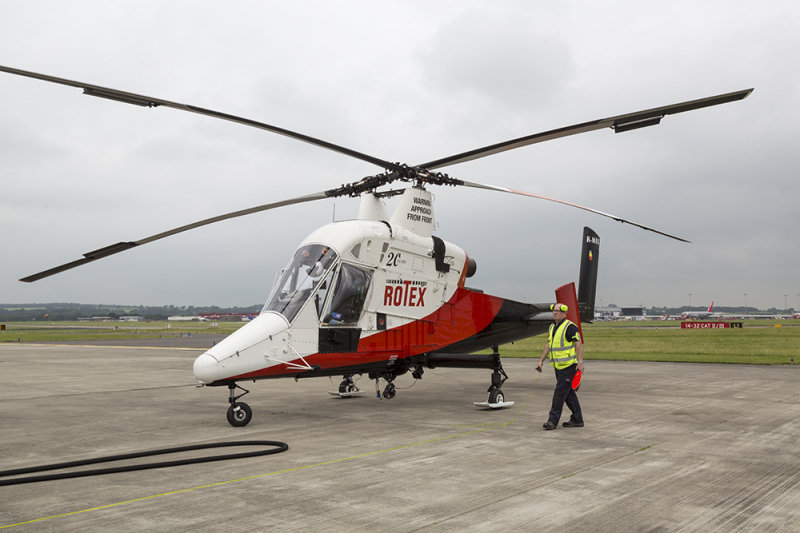
https://www.multiflight.com/ 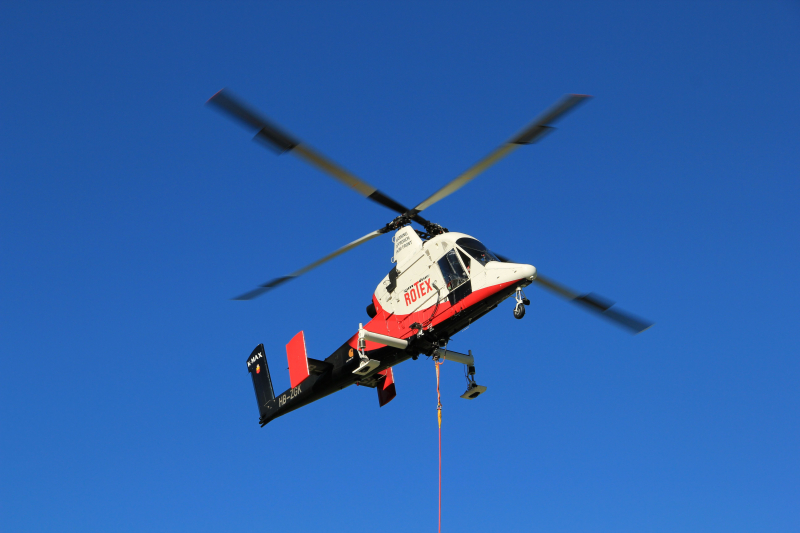
https://www.pinterest.com/ -
The Kellet-Hughes XH-17 would be a real-life changing machine that couldn't decide between crane and helicopter mode. This bizarre feat of aeronautical engineering had the appearance of a helicopter that had collided with a crane and then taken off in a large mess. In an effort to help the enormous machine fly properly, jet engines were installed on the tips of each rotor of the contraption.
The device was created as part of a mission to research and test the ideas behind rotary winged craft that are propelled by jets on the rotor tips rather than conventional helicopter drive systems. As construction advanced, a 1949 contract requiring that the testing rig be converted into a practical flying crane was required due to the requirement for massive equipment that could lift and transport huge cargo items into difficult locations.
The resulting XH-17 had a maximum payload of slightly over 10,000 pounds with a rotor diameter of 130 feet. The awkward contraption was powered by two General Electric J35 gas turbines, and was constructed using components from a wide range of other aircraft, including a Waco CG-15 glider cockpit, B-25 wheels, and a B-29 fuel tank. Yes, each attempt to launch this beast into the air was accompanied by a kafuffle that involved flames and deafening noise. The idea was ultimately shelved for practical reasons.Role: Helicopter
Manufacturer: Hughes Helicopters
First flight: 23 October 1952
Retired: December 1955
Status: Scrapped
Number built: 1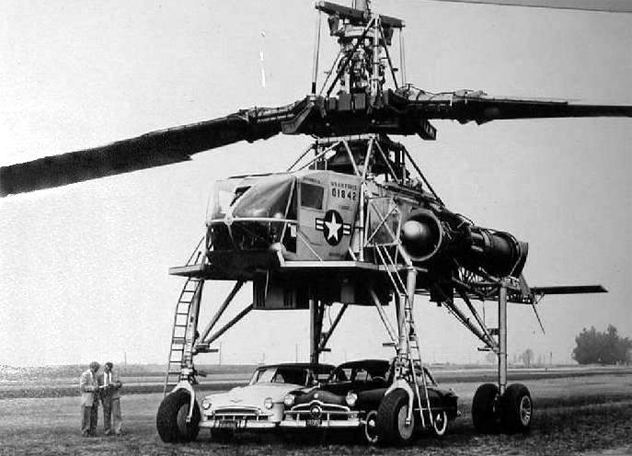
https://listverse.com/ 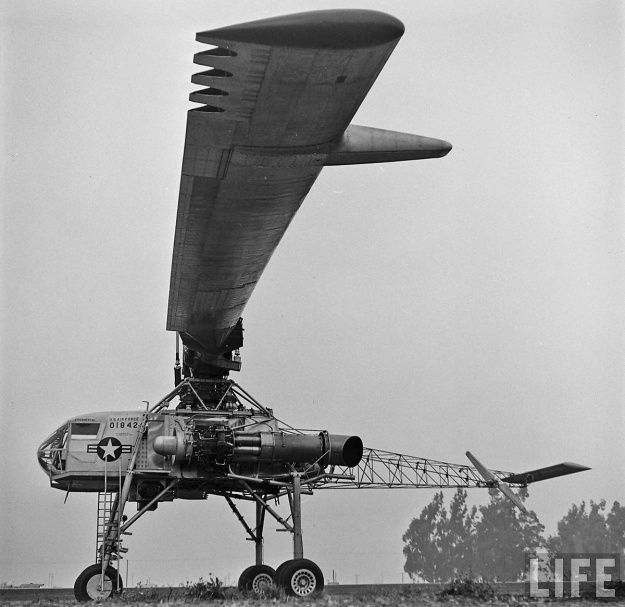
https://www.pinterest.com -
The world's fastest conventional helicopter, despite its modest appearance, has held the title of fastest helicopter flight since 1986. The Fédération Aéronautique Internationale (FAI), which oversaw the Westland Lynx, awarded the helicopter the speed records for fastest speed reached in a helicopter of the 3,000-4,500 kilogram (6,613.868-99,208 pound) weight class as well as the Absolute World Record for Rotorcraft.
The Westland Lynx traveled over Somerset, England, at an average speed of just over 248 miles per hour. Despite the fact that speedier rotorcraft since have not been categorized as real helicopters but rather as hybrid aircraft with forward propulsion, such as convertiplanes, the milestones may have been made decades ago but they have not yet been surpassed.
The Westland Lynx employed customized main blades developed by the British Experimental Rotor Programme to combat blade stalling behavior that would be exacerbated by high speed flight. Together with the UK Ministry of Defense, Westland collaborated on this program. The overhauls that would enable the helicopter to reach record speeds included high-speed main blades, water and methanol power increases to the engine, as well as a reduction in the size of the exhaust pipe. Furthermore, to help spread the stresses of high-speed flying, the tail rotor and fins were changed.
Role: Multi-purpose military helicopter
National origin: United Kingdom
Manufacturer: Westland HelicoptersAgustaWestland
First flight: 21 March 1971
Introduction: 1978
Retired: 2017 (Royal Navy), 2018 (British Army), 2020 (French Navy),
Status: In service
Primary users: British Army (historical)Royal Navy (historical)German NavySee Operators for others
Number built: 450 (as of 2009)
Developed into: Westland 30 Agusta Westland AW159 Wildcat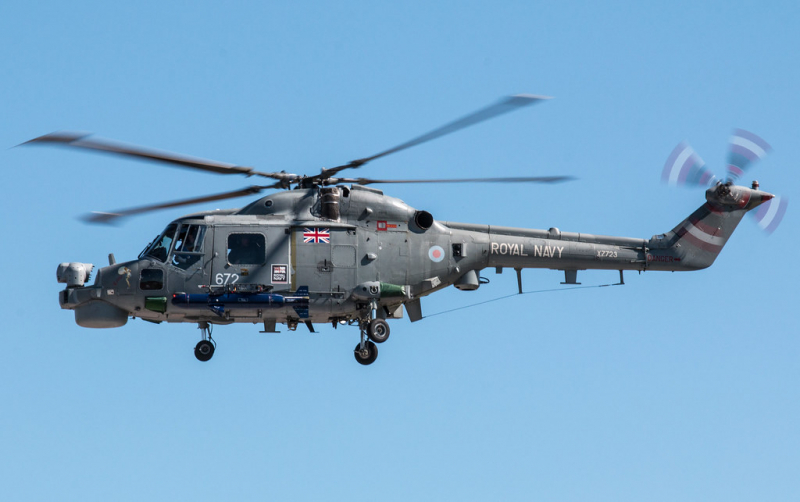
https://internationalaviationhq.com/ 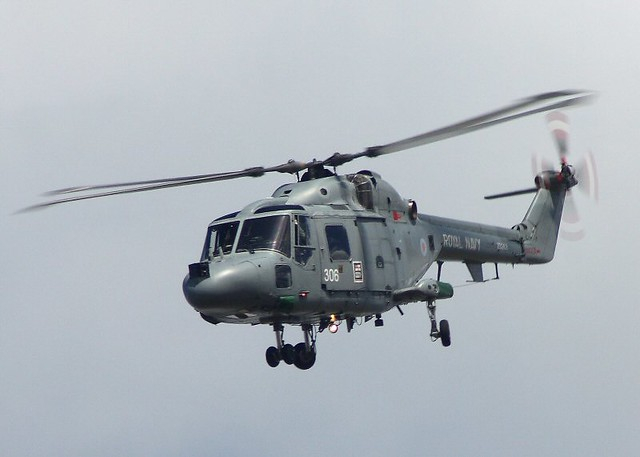
https://www.flickr.com -
How huge can a helicopter actually get? Bigger than you thought, rivaling jet airliners, but barely staying recognisable as a horribly overgrown helicopter to the untrained eye. The pre-Cold War Soviet Union's Mil V-12 project was built as a transporter with a range of 621 miles with a carrying capacity of one 196 passengers, or a massive amount of military goods, and it made its first flight in 1968, right before the entire project was scrapped. The largest helicopter ever built is still unrivaled, weighing well over 76 US tons and capable of flying at 150 mph.
Only 220 feet wide separated each of the rotors. The terrifying twin rotor whirlybird dwarfed many planes, looking like a huge tube with long, airplane-like wings that were each capped with enormous rotor blades. At the Paris Airshow in 1971, the Soviet Union displayed the "monster," which astounded onlookers who saw a helicopter with rotors and vertical takeoff and landing capabilities fused with an airliner's appearance.
The necessity to more effectively transport massive missiles to distant missile launch locations away from the view of Western spy planes was one of the driving forces behind the remarkable Soviet helicopter development work. Huge helicopters might fly over locations that trains were unable to reach due to their slowness.
Role; Heavy lift helicopter
Manufacturer: Mil Design Bureau
First flight: (27 June 1967 – unsuccessful hop)10 July 1968 – first successful flight
Status: Prototypes tested, cancelled
Primary user: Soviet Union
Number built: 2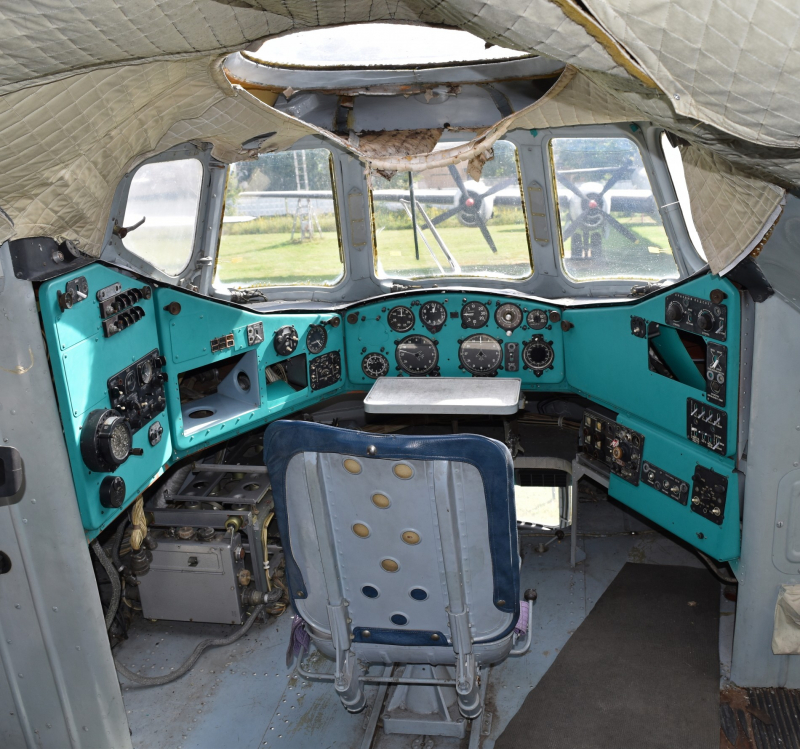
https://www.autoevolution.com/ 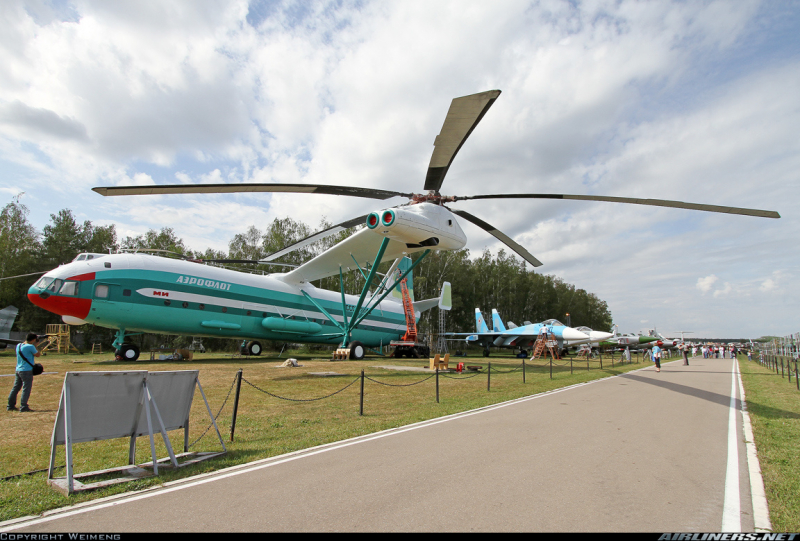
https://atcaircontrollers.blogspot.com -
The Messerschmitt-Bölkow-Blohm Bo 105, the legendary steed of Red Bull pilots Chuck Aaron and successor Aaron Fitzgerald, was a breakthrough contribution to rotary aviation from Germany and stands out as the world's first aerobatic helicopter. As the first light helicopter with two engines, the device was likewise novel. That's correct, this incredibly powerful helicopter's remarkable design allows it to perform inverted barrel rolls, loops, and other extreme stunts like the most extreme stunt planes.
The Bo 105's skills, as the first helicopter to ever accomplish these things, altered the helicopter's perceived utility and expanded its range of flight. One of this engineering marvel's many distinguishing features is the hingeless rotor made entirely of solid titanium. The vehicle has two 420 standard horsepower Rolls Royce engines that enable it to cruise at 150 miles per hour and climb at 1,575 feet per minute.
The majority of the machines' production took place in Germany and Canada, and they were used for everything from military to police work to the well-known upside-down and barrel-rolling airshow demonstrations. The helicopter has even been equipped to carry missiles and has been configured for employment aboard aircraft carriers.
Role: Light utility helicopter
National origin: West Germany
Manufacturer: Messerschmitt-Bölkow-Blohm (MBB)
First flight: 16 February 1967
Introduction: 1970
Status: In service
Primary users: Republic of Korea ArmyIndonesian ArmySpanish ArmyPhilippine Navy
Produced: 1967–2001
Number built: 1,500+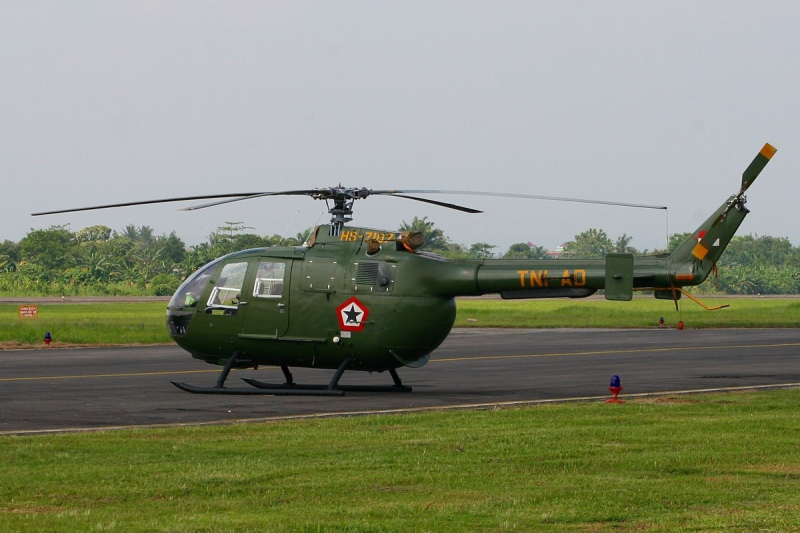
https://www.armedconflicts.com 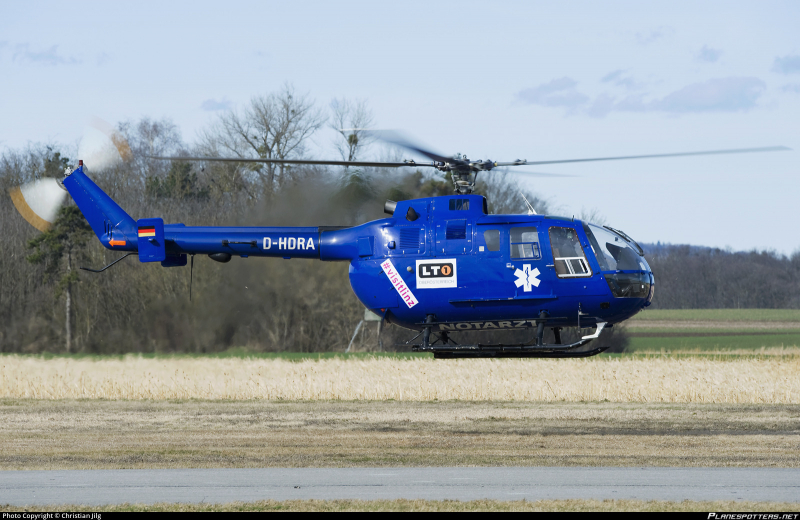
https://www.planespotters.net/












